The Sorolla Museum is one of the best preserved artist’s houses in Europe and since March 1, 1962, the building is a National Historic-Artistic Monument.
In 1909, the great artist Joaquín Sorolla Bastida, commissioned the project to the architect Enrique María de Repullés y Vargas, who fulfilled the wishes of the painter, creating a space that unites the work area and his home and also has a garden area. To achieve the latter, shortly after, Sorolla bought a second adjoining lot that would allow him to expand the built area and incorporate three gardens to the house. It was in 1911, that his new home in Madrid, on Paseo del General Martínez Campos, was inaugurated. Continue reading “Sorolla, his studio, home and museum”

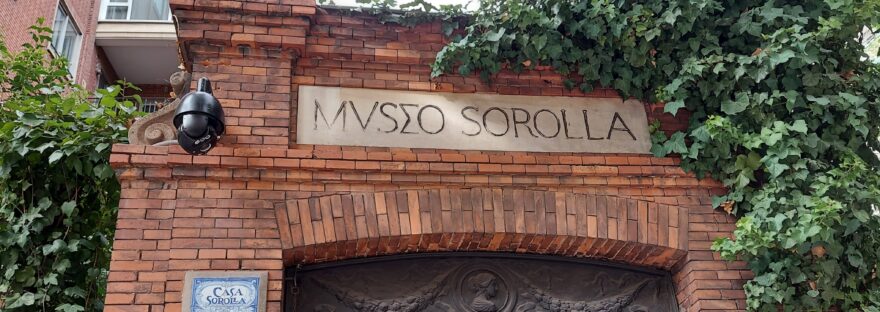
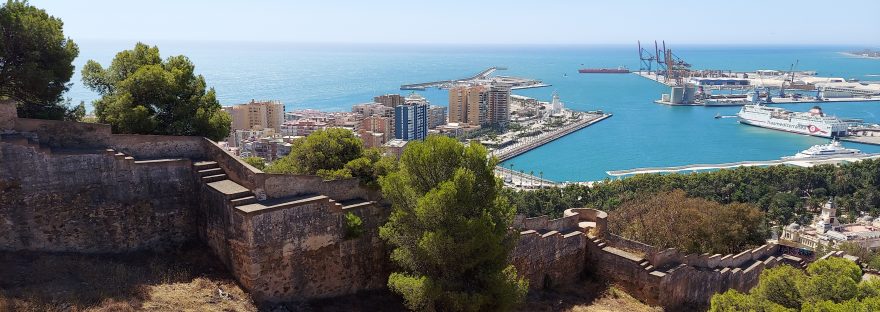
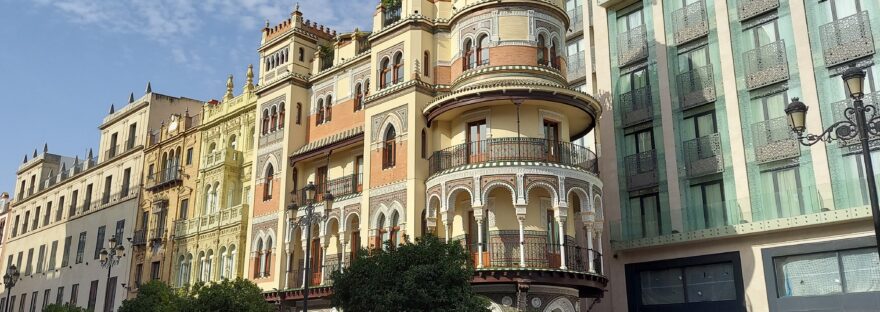
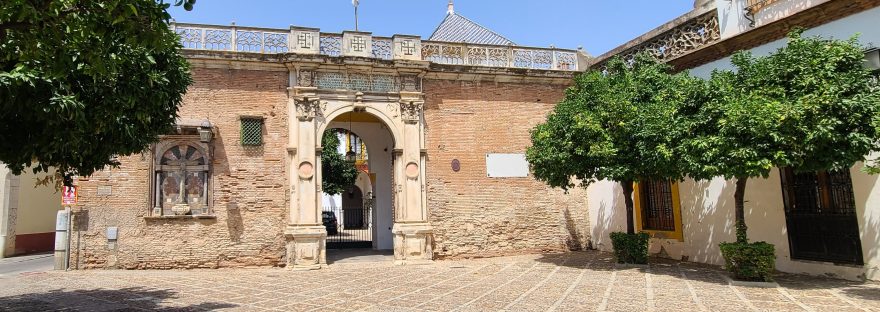
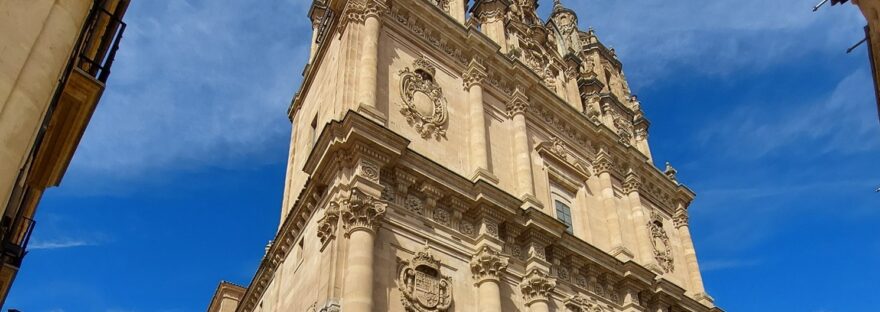
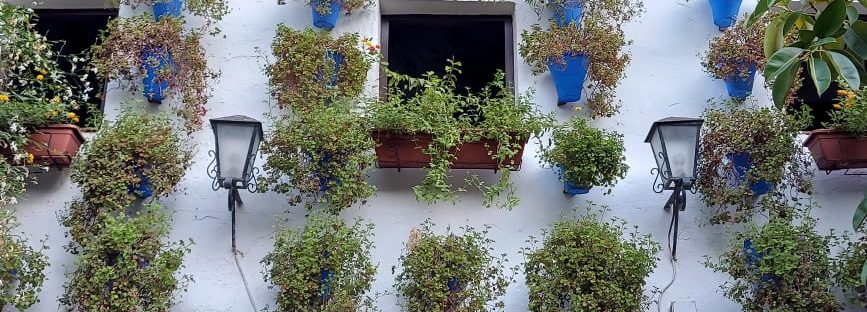
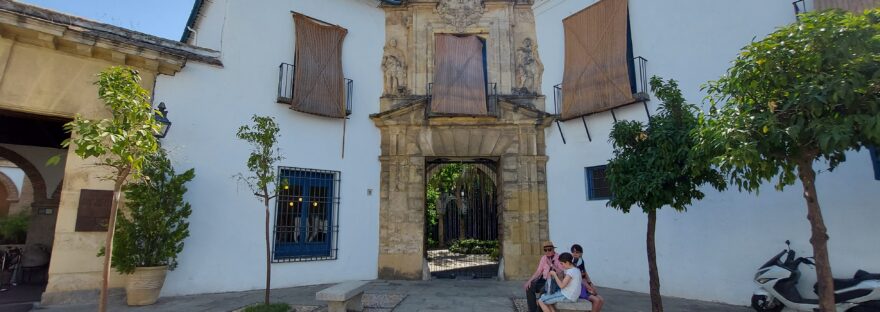
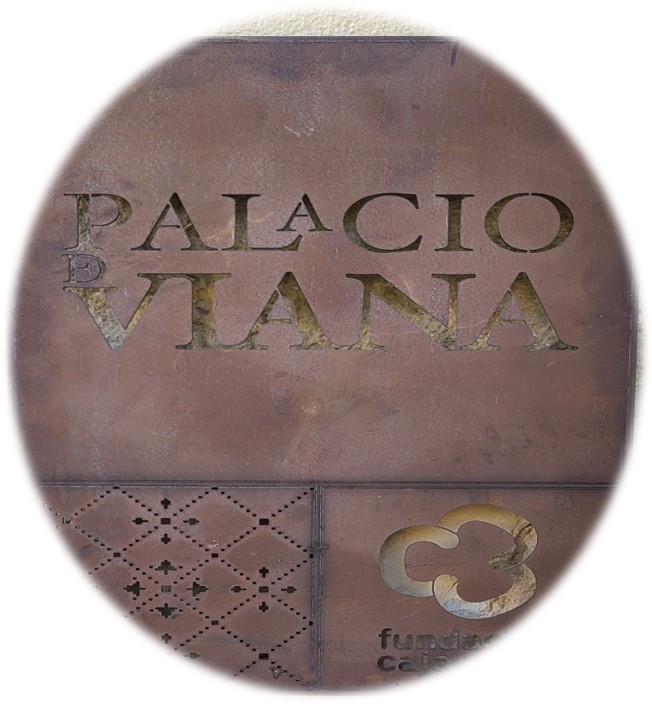 On our second visit to Cordoba, we confirmed once again why this Spanish city is internationally renowned for its beautiful patios. And this time it was our turn to go in summer, so we were delighted with the flowery beauties we would find there.
On our second visit to Cordoba, we confirmed once again why this Spanish city is internationally renowned for its beautiful patios. And this time it was our turn to go in summer, so we were delighted with the flowery beauties we would find there. 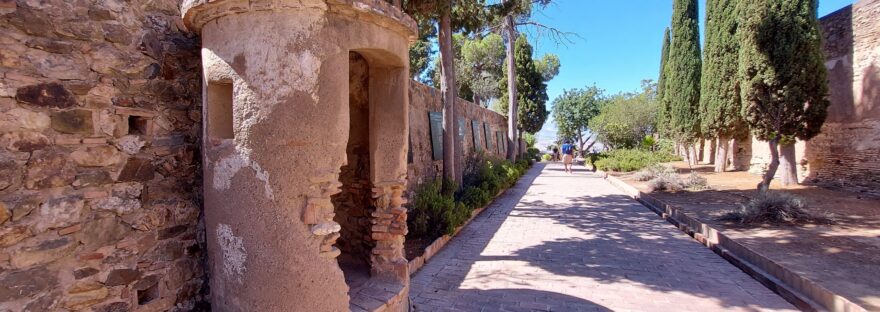
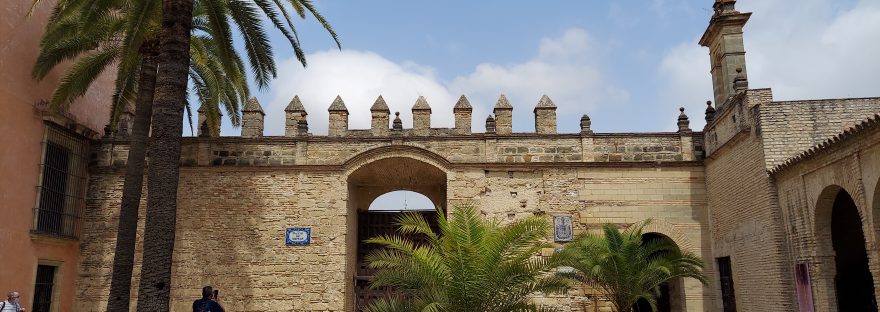
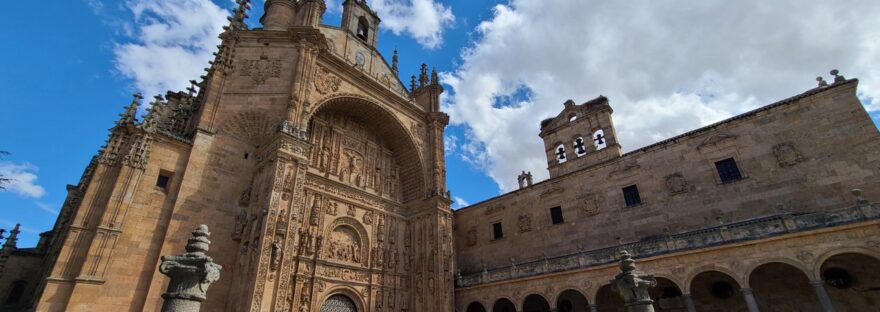
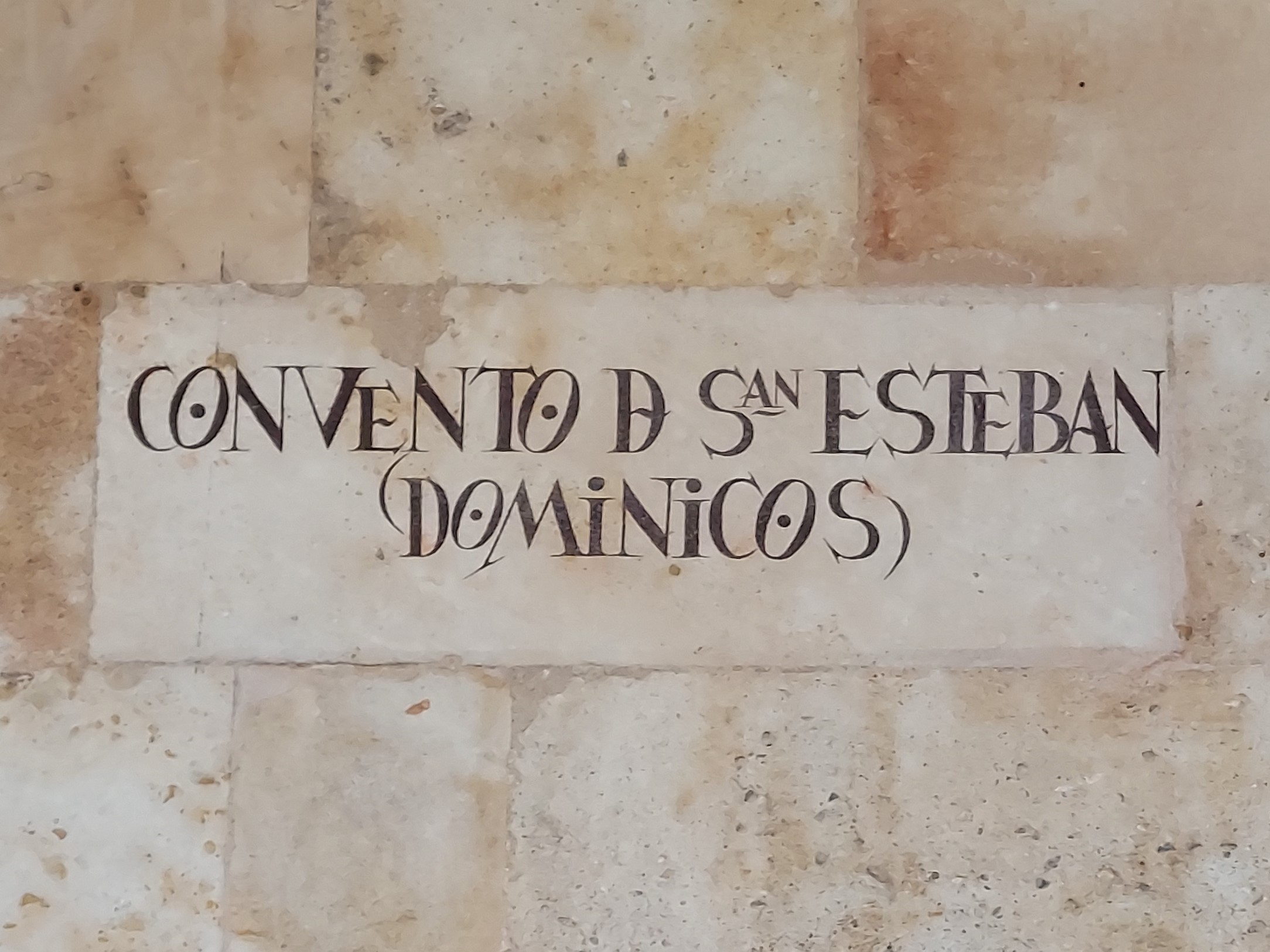 When one thinks of the Spanish city of Salamanca, one thinks of everything related to education, specifically theology, geography and law. Its medieval buildings were witnesses to a golden age, where illustrious characters who contributed and changed the rhythm of history strolled about.
When one thinks of the Spanish city of Salamanca, one thinks of everything related to education, specifically theology, geography and law. Its medieval buildings were witnesses to a golden age, where illustrious characters who contributed and changed the rhythm of history strolled about.